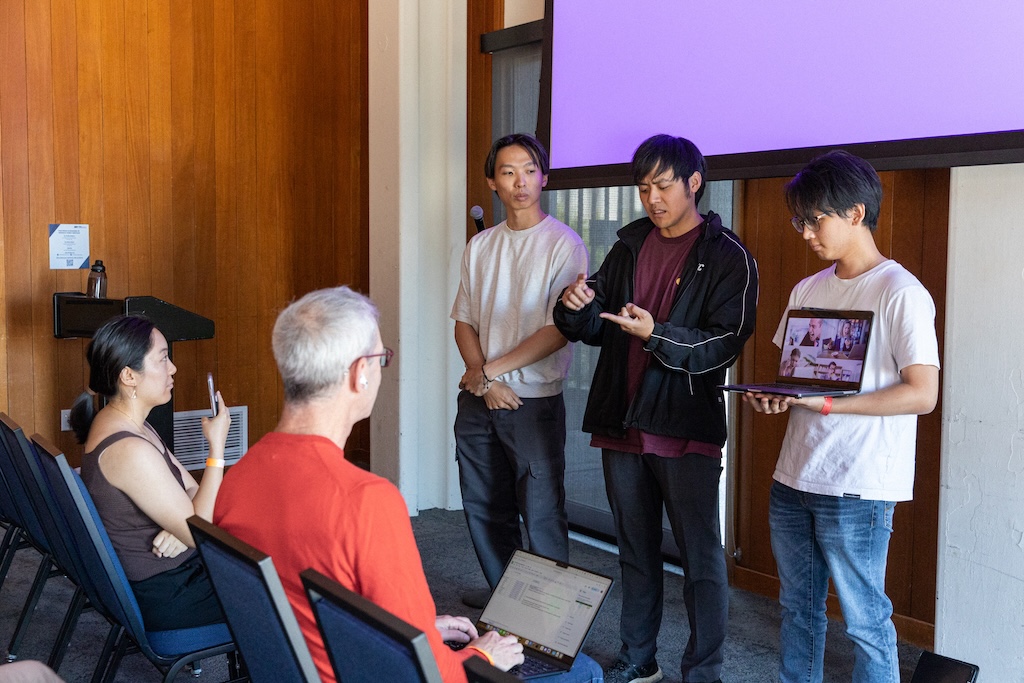
HearMeOutJuly 2024
AI-powered customer service pipeline. Top 8 Finalist at UC Berkeley AI Hackathon 2024.
Overview
We assess each customer's agreeableness and call representative's state (their capacity to continue taking calls) to ensure more irate customers are matched to representatives with higher bandwidths and availability.
I designed the frontend and microservices architecture, and helped develop some of the APIs for call matching.
Inspiration
As exchange students to UCB, we quickly learnt how prevalent robocalls were used in the customer service pipeline. Yet it was the sheer number of poorly automated customer service calls which we had to endure that was most shocking.
Whether it be for insurance queries, delivery woes, or banking issues, we've all had our fair share of bad call experiences with poor call responses, or exhausted customer representatives.
Our research shows the call center market in the U.S. was estimated at a whopping US$110.6 Billion in the year 2022, and represents about 3% of America's workforce.
How might businesses which offer customer service calls provide a better experience for their customers?
We target 4 key components of customer service calls:
- Customer user journey optimization through customer-to-representative mapping
- Customer call experience visibility
- Representative state visibility
- Improved call bot